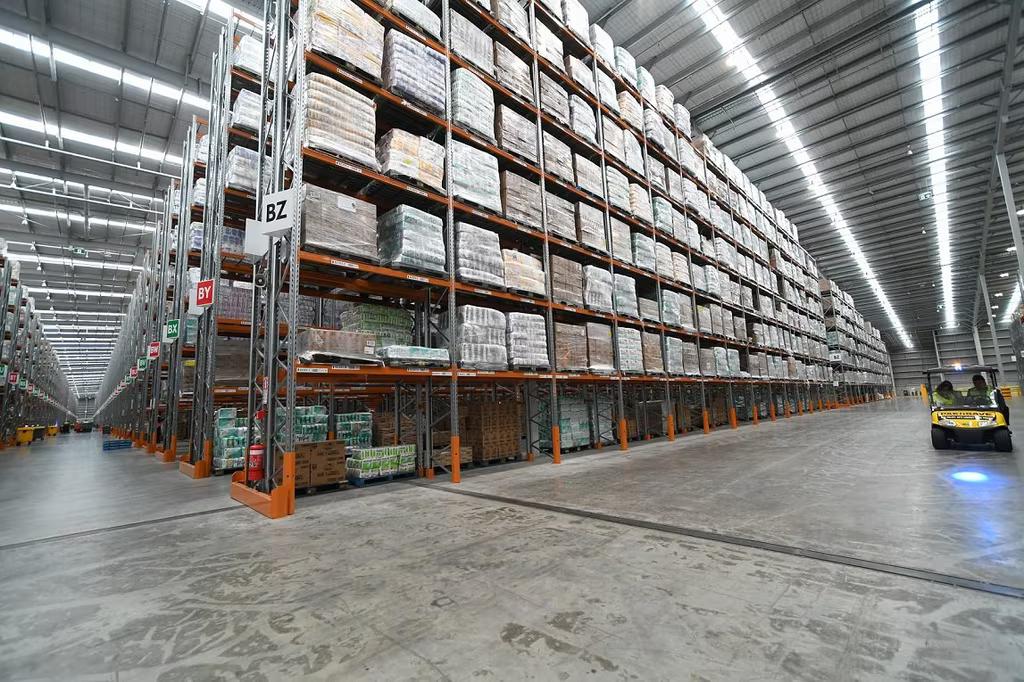
Media Release: Costs from grocery suppliers to supermarkets increase 2.9%pa in May
The annual increase in supplier costs to supermarket continues to moderate, but the pace of that moderation has slowed in recent months, with the Infometrics-Foodstuffs New Zealand Grocery Supplier Cost Index (GSCI) showing an average 2.9% increase in what suppliers charged Foodstuffs supermarkets for goods in May 2024 compared to a year earlier.
“Having eased from an annual peak of 10.6% in December 2022 to 4.5% in December 2023, the annual rise has slowed only slightly in recent months, from 3.2%pa in March to 2.9%pa in May,” says Infometrics Chief Executive and Principal Economist Brad Olsen. “This trend reinforces our recent views that cost pressures are currently on track to level out at a slightly higher rate than before 2022.”
The Infometrics-Foodstuffs New Zealand Grocery Supplier Cost Index (GSCI), commissioned by Foodstuffs New Zealand, measures the change in the list cost of grocery goods charged by suppliers to the Foodstuffs North Island and Foodstuffs South Island co-operatives. The Index utilises detailed Foodstuffs NZ data across over 60,000 products the Foodstuffs co-ops buy to stock in their 500+ stores, making it the largest dataset of its type in New Zealand, to give a real-time view on supplier cost changes.
Every month, the Index tracks what it costs supermarkets to buy the goods to put on the shelf. Previous analysis shows that supplier costs are the major component of supermarket prices, representing two-thirds of the on-shelf price.
“Just under 2,900 items increased in cost in May 2024 from the previous month, up around 50% from the number of items that rose in cost in the same month of 2021,” says Mr Olsen. “Around a tenth of May’s cost changes were rises of more than 20%, but there were also some cost declines, with nearly a fifth of cost changes being monthly declines of between 0% and 20%.”
“Costs in May 2024 remained higher for all departments compared to May 2023, but as the headline Index shows, these cost increases slowed further,” says Mr Olsen. “Produce costs are up just 1.0%pa, with lower costs for spring onions, some fruits, and some green vegetables. General grocery costs are up 3.4%pa, their slowest annual increase since March 2022. Chilled and frozen goods have seen a continued moderation in annual cost increases, and butchery cost growth remains at 2.0%pa.”
On-farm costs have remained at the same average level for the past six months, recent data from Stats NZ shows. “The farm expenses price index showed an unchanged outcome in the March 2024 quarter compared to both the September and December 2023 quarters,” says Mr Olsen. “This levelling out has seen the annual on-farm cost gain slow to just 1.2%pa, the smallest rise since the start of 2021. However, rapid increases in recent years mean that on-farm costs at the start of 2024 were still 24% higher on average than at the start of 2021.”
“The stabilisation in on-farm costs and lower fuel prices in recent months are encouraging, and these factors will support the current moderation in cost increases. But stubborn cost pressures in the domestic economy are still resulting in more increases in product costs than a few years ago.”
ENDS
Note:
The Infometrics-Foodstuffs New Zealand Grocery Supplier Cost Index (GSCI), commissioned by Foodstuffs New Zealand, measures the change in the list cost of grocery goods charged by suppliers to the Foodstuffs North and South Island cooperatives.
List cost refers to the cost suppliers charge retailers before trade spend is applied; trade spend being any form of discount provided by a supplier to allow their goods to be discounted.
The Index utilises detailed Foodstuffs NZ data, across over 60,000 products, analysed by independent economics consultancy Infometrics to produce the GSCI and publish it on a monthly basis. For more details see www.infometrics.co.nz/product/grocery-supplier-cost-index.









